Deck Safety Inspection Checklist
Metal decks in Boston are an excellent addition to your home and can increase its value. A deck is a great place to entertain people or spend time outdoors without letting go of your privacy. However, they can also be risky if they’re not well installed or if they’re neglected. It’s very important to conduct regular inspection of your deck to make sure that it’s secure and is able to bear loads.
At Boston Ironworks, we’ve put together a brief deck safety inspection checklist. If you carefully consider these points, you can be sure that your deck is safe to use.
Attachment
Metal decks in Boston need to be securely attached to your home. If they’re not, they can collapse without warning. Perform the following checks regularly:
- Inspect all the bolts, nails and screws. Immediately note down if you find any missing.
- Inspect the quality and integrity of the bolts. You should see no corrosion.
- Deck posts need to go about 48 inches into the ground to be secure
- Concrete piers can be anywhere between 6 inches to 36 inches in diameter
- Posts should fit securely on the piers to be stable
Flashing
Flashing is essential to present water damage around the areas where your deck is attached to your home. You should check the flashing and see if it’s undamaged, regularly. If you see any leaks or water damage near the ledger board of the deck, check the flashing immediately.
Foundation
The foundation of your metal decks in Boston needs to be secure. If they’re not secure, the structures might shift or move. The size of the foundation depends on the size of the deck you have. Keep the following points in mind:
Framing and Fasteners
The framing supports the deck and it consists of beams, posts, and floor joists which are connected with bolts and metal hangers. You need to inspect these bolts and fasteners regularly to ensure that they’re strong enough to bear the load of the deck.
Railing and Stairs
You need to follow all the codes regarding railings and stairs on your metal decks in Boston. For example, the railings can’t be less than 36 inches in height and should be able to bear 200 lbs of load in any direction. You also need to make sure that the stairs are in good condition and aren’t loose or uneven.

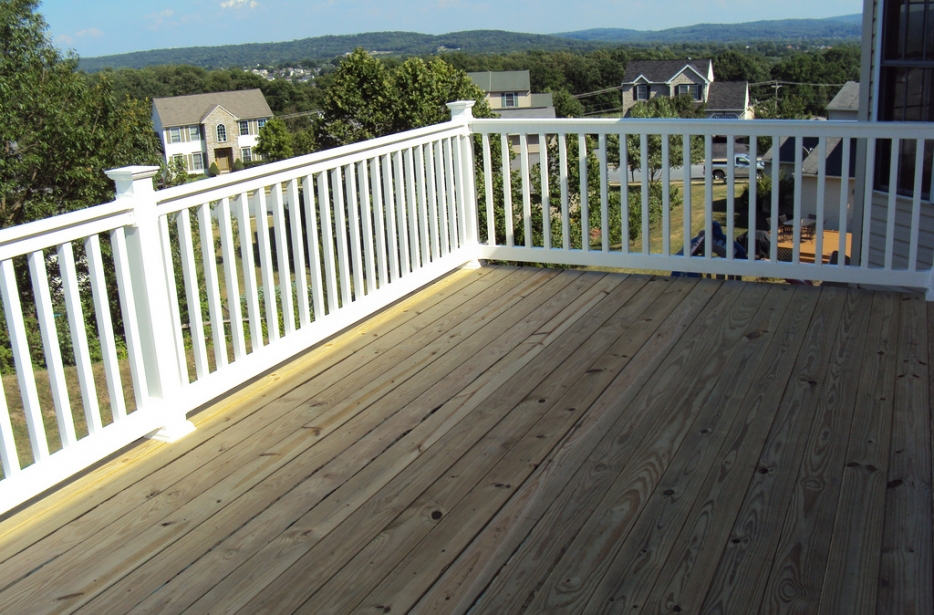

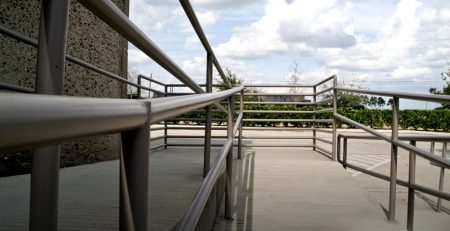
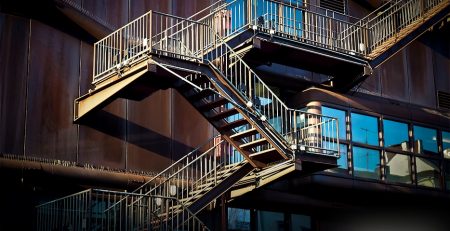

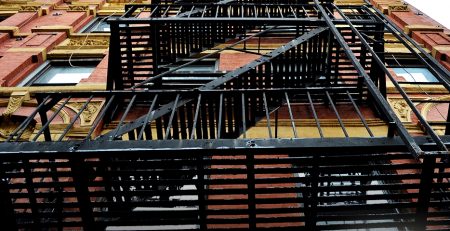
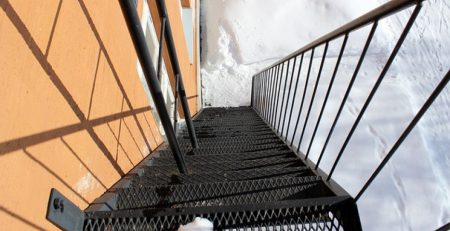
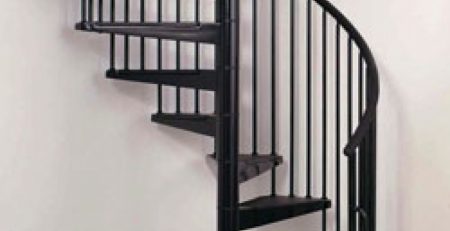
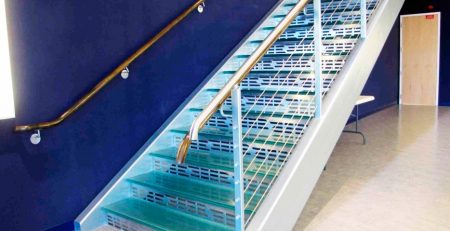
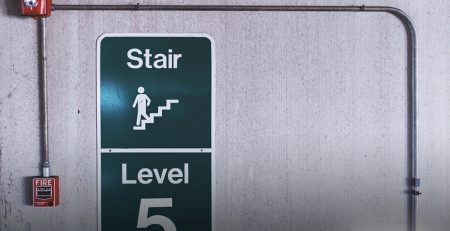
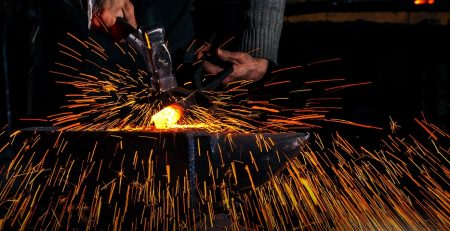
Leave a Reply